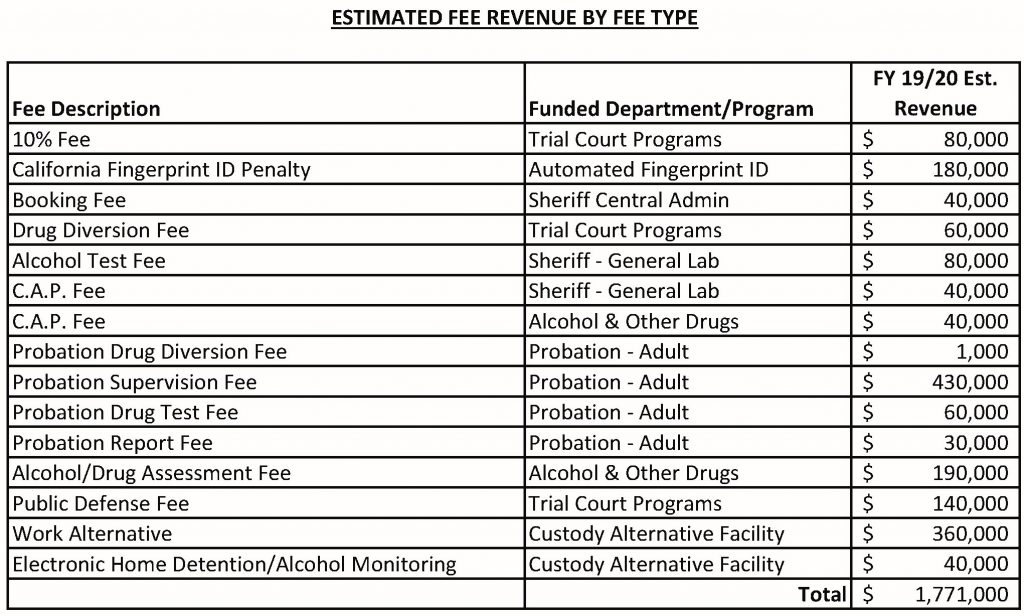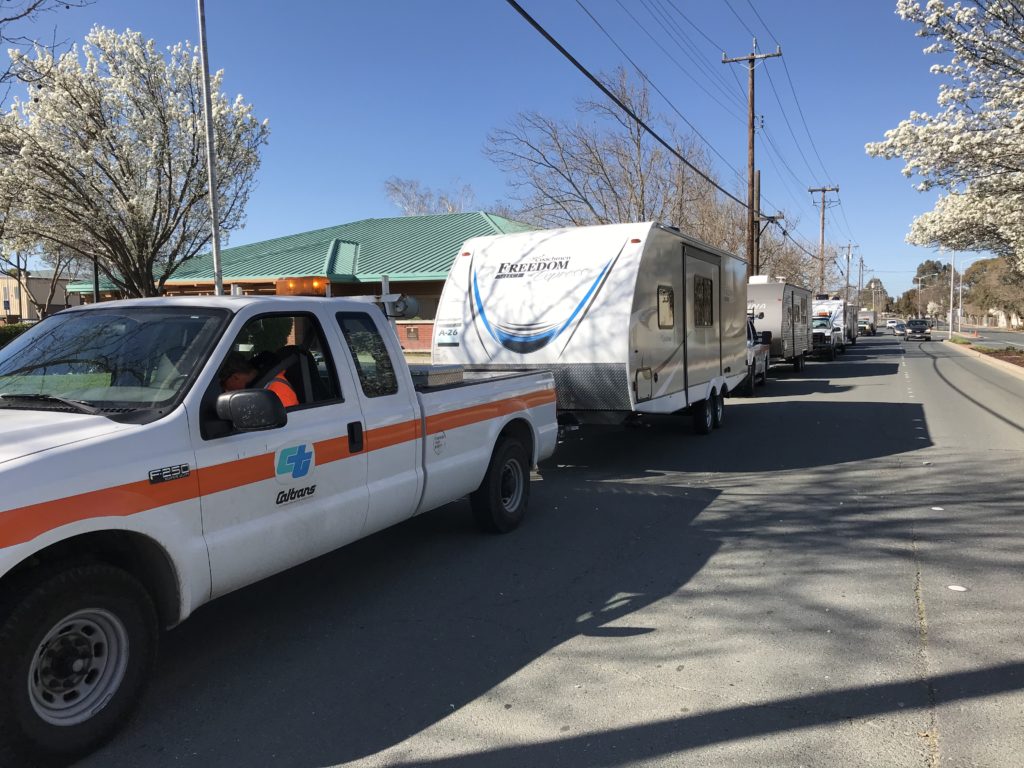
Caltrans employees towed the five FEMA trailers to Antioch on Saturday, Feb. 29, 2019.
Council also extends moratorium on evictions and rent increases to July 15
By Allen Payton
On two unanimous votes during their meeting Tuesday night, the Antioch City Council chose to postpone any decision on a location for the five FEMA trailers intended to provide temporary housing for homeless families with school children, and to support the November ballot measure limiting new home development in the Sand Creek Focus Area.
“The council can give the emergency shelter overlay designation to all three properties,” Community Development Director Forrest Ebbs said during his staff report on the trailer matter. He defended the Planning Commission’s decision to recommend placing them at the fairgrounds.
“Their reasoning is not what it sounds,” he explained. “They’re not opposed to a homeless shelter. They wanted a really nice site. They wanted to make sure we do the best we can.”
During public comments, Andrew Becker asked about the viability of the fairgrounds site, since it already had hookups and if the city had considered any showers were on-site. The Nick Rodriguez Center has showers.
Mike Stewart spoke next sharing concerns about the Fulton Shipyard Road location, “with a focus on safety for the children. The actual available area…about two acres. The balance of the sites is the city transfer facility…basically the city dump. Trucks moving in and out all day long. There is no grocery, no playground, no children near the Fulton Shipyard site.”
Anthony Fieros who owns a home on W. 10th Street across from one site said, “This is the middle of a residential area. It’s a terrible location next to the fire station, there. It’s noisy. It’s just a bare parking lot. No electricity, no water, no sewer. I’d encourage a no vote for everybody.”
Lucy Meinhardt supported the rezoning designation writing, “It’s past time to implement the recommendations of the homeless task force.”
Sherry Fitzpatrick wrote, “I do not believe the trailers should be placed in residential areas. This will not be temporary. It will be an ongoing expense to the city. It’s a nice, feel good idea, but the city should not be in the social services business. The trailers should be placed on Contra Costa County or state property with services. Emergency housing is 180 days or less. What then?”
Dawn Bright wrote, “I’m opposed to the…housing overlay for the three sites. The commission directed the staff to open a conversation with the agriculture board for using the fairgrounds. Please stand up and fight for Antioch.”
Susan Welsh in opposing locating the trailers on W. 10th Street wrote, “The property at 301 W. 10th Street is in the Downtown Specific Plan. It would reduce property values in the area. Plus, it’s a trailer park in a residential area. San Jose received trailers from the state…and is now returning them due to problems. It would be cheaper to rent five apartments in different areas of the city.” She supported considering locating the trailers at the fairgrounds.
Fire Chief Bouchard wrote, “The fire district has some significant concerns at 301 W. 10th Street. As you know, fire stations are 24-hour facilities. The proposed use…could draw many persons to the area. The additional vehicular traffic…could impede our fire services.”
Sheila Driscoll wrote against all three locations and in support of the fairgrounds’ location.
Mike Barbanica wrote about his concerns of placing them in residential areas. “Please do not place the trailers…specifically on Fitzuren Road.”
The final comment supported placing the trailers on the fairgrounds.
Mayor Pro Tem Joy Motts was the first council member to ask questions.
“Can you speak to the fairgounds site,” she asked City Manager Ron Bernal
“The idea of using the fairgrounds…the governor’s office identified…seven fairgrounds in the state and ours was not one of them,” Bernal responded. “I spoke with the fair manager…he said his property did not qualify and was being used for other purposes. It’s being used for longer-term tenants. The city council may want to pursue this at a higher level than just the fair manager.”
Motts then asked about the “amenities that would need to be added, such as safe, overnight parking” for the Fitzuren Road site.
City Manager Ron Bernal said the Fitzuren site would need “electrical hook-ups for four trailers” as well as “some grading, some gates…sidewalk, curb and gutter would need to be installed. A significant amount of work would need to be done.”
Councilman Lamar Thorpe then made a motion to the item.
“There are other options we’re looking at,” Motts said as she offered a second to the motion. “We are looking at Fitzuren as a safe, overnight parking spot. We have yet to find a safe place to do that. We do know that families are living in their cars overnight.”
While it costs money, she pointed out, “The cost to not do it far outweighs that. We’re spending millions of dollars to move people around. They’re affecting our drinking water. Fires are being set. They call 9-11 and ending up in our hospitals. I just want to promise the community that there are things being done. The bottom line is this is temporary. The goal has always been to get people into permanent housing.”
Councilwoman Lori Ogorchock then said, “The Fulton Shipyard is not a good area for any youth to be in. In listening to the comments. I don’t think the other two locations are viable, either. Then again, you have to look at these trailers. We thought they could help. But when you look at the 180 days you can stay in them…would the students be uprooted?”
Wright then called for the vote.
“I am for one of these properties,” Thorpe added. “But some recent conversations that we can follow up on…we may not even have to go in this direction.” He expected that to occur “by the end of the week.”
“I’ve had some conversations, too,” said Mayor Wright. “The conversation with the fairgrounds did not include the discussion of additional infrastructure such as five pads.”
With that the council voted 5-0 to table the matter.
Supports Sand Creek Area New Home Development Limits Ballot Measure
On another unanimous vote, the council adopted a resolution expressing its support for approval of the Let Antioch Voters Decide: The Sand Creek Area Protection Initiative to change General Plan designations within the Sand Creek Focus Area and permanently require voter approval of amendments to the city’s Urban Limit Line. Resolution supporting Sand Creek LAVD initiative
The initiative would prevent the development of homes west of Deer Valley Road and reduce the total number of units to 2,100 from 4,000 previously approved by the city council. Any additional development would require a vote of the people.
However, the initiative is challenged by new state law that prevents cities from downzoning property already zoned for residential development either by council vote or initiative.
The Zeka Group, owner and developer of the planned Zeka Ranch project on the west end of the Sand Creek Area, as well as adjacent property owners, are expected to file a pre-election lawsuit against the proponents and city.
The initiative was adopted by the city council in 2018 after enough signatures of Antioch voters were gathered to qualify for the ballot. But a judge, in response to a lawsuit by Zeka and another affected property owner, tossed out the council’s approval of the initiative and required they place the measure on the November 2020 ballot, instead.
Approve Use of, Application for $2.3 Million in Housing Grant Funds
In other council action, they approved on a 5-0 vote, the use of $2,365,410 in Permanent Local Housing Allocation (PLHA) grant funds. According to the staff report the funds are to be used “for the purpose of assisting persons who are experiencing or at risk of homelessness; housing rehabilitation and the development of accessory dwelling units; and creating homeownership opportunity for Antioch workers and renters earning from 80 percent to 120 percent of the area median income.”
The council also adopted a resolution authorizing the application for PLHA grant funds from the state.
“Is that $2.3 million guaranteed?” Mayor Sean Wright asked.
“As long as ACD accepts our proposal we are guaranteed to receive some amount of money, up to the $2.3 million… the first year up to $400,000,” said Teri House, the city’s housing consultant.
Wilson, I assume you applied for the maximum amount. Did you have a guideline of what kind of program you want to use this money for?
“Yes. The plan continues the plan that the CBDG sub committee has established over a decade of our housing successor funds…and homeless assistance,” House said. “This just continues those programs…that have been on going for at least a decade. And yes, we applied for the maximum.”
“Thank you. Good to hear,” Wilson responded.
Expires Moratorium on Evictions & Rent Increases, Antioch Covered by County Ordinance, State Orders
In final action, the city council voted 5-0 to expire the City’s rent increase and eviction moratorium. The action was taken because the county’s moratorium, approved by the Board of Supervisors and runs through July 15, applies to cities as well as unincorporated areas in the county. According to the city’s new urgency ordinance, the City Council finds that “residences and businesses…will continue to have protections from eviction and adequate ‘grace periods’ to repay unpaid rent…from the Governor’s Executive Orders, Judicial Council Emergency Rule, and the County’s Urgency Ordinance.” Urgency Ordinance on Eviction & Rent Increase Moratorium ACC062320












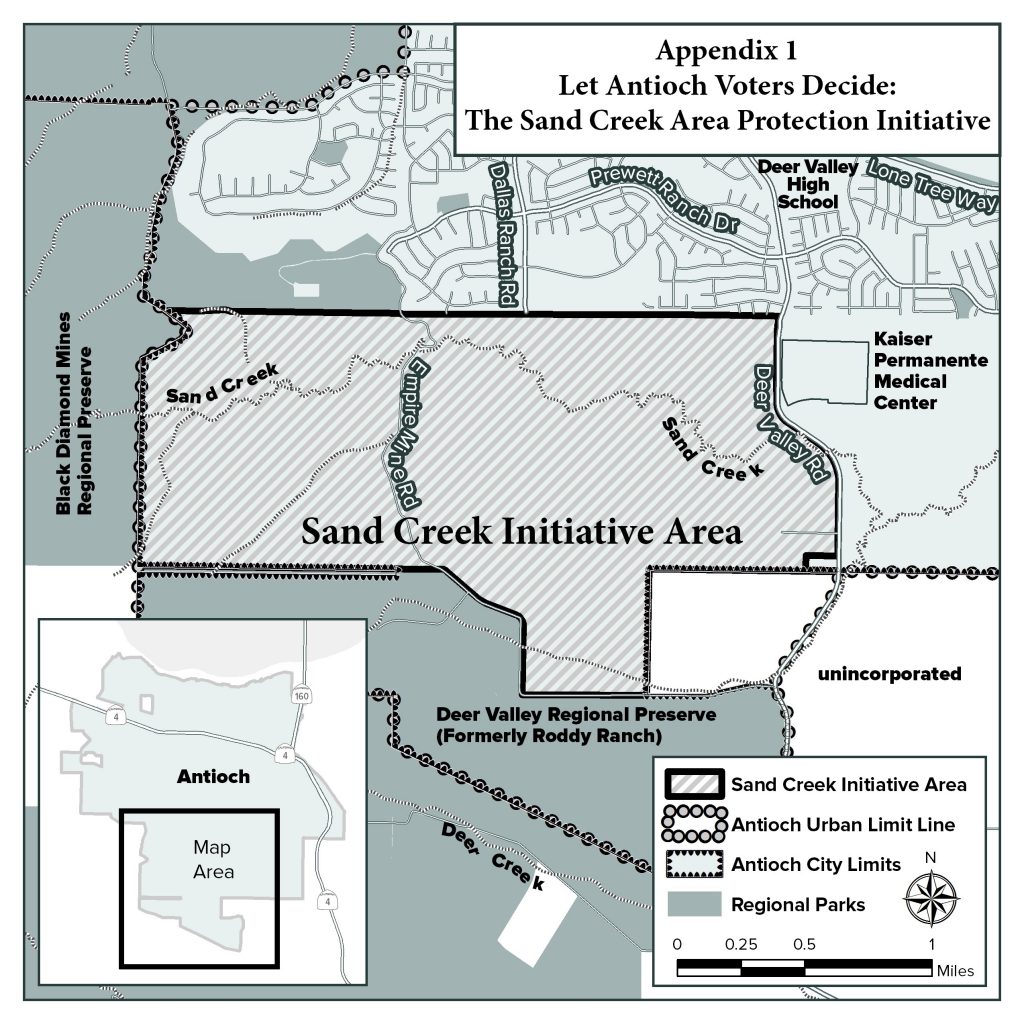

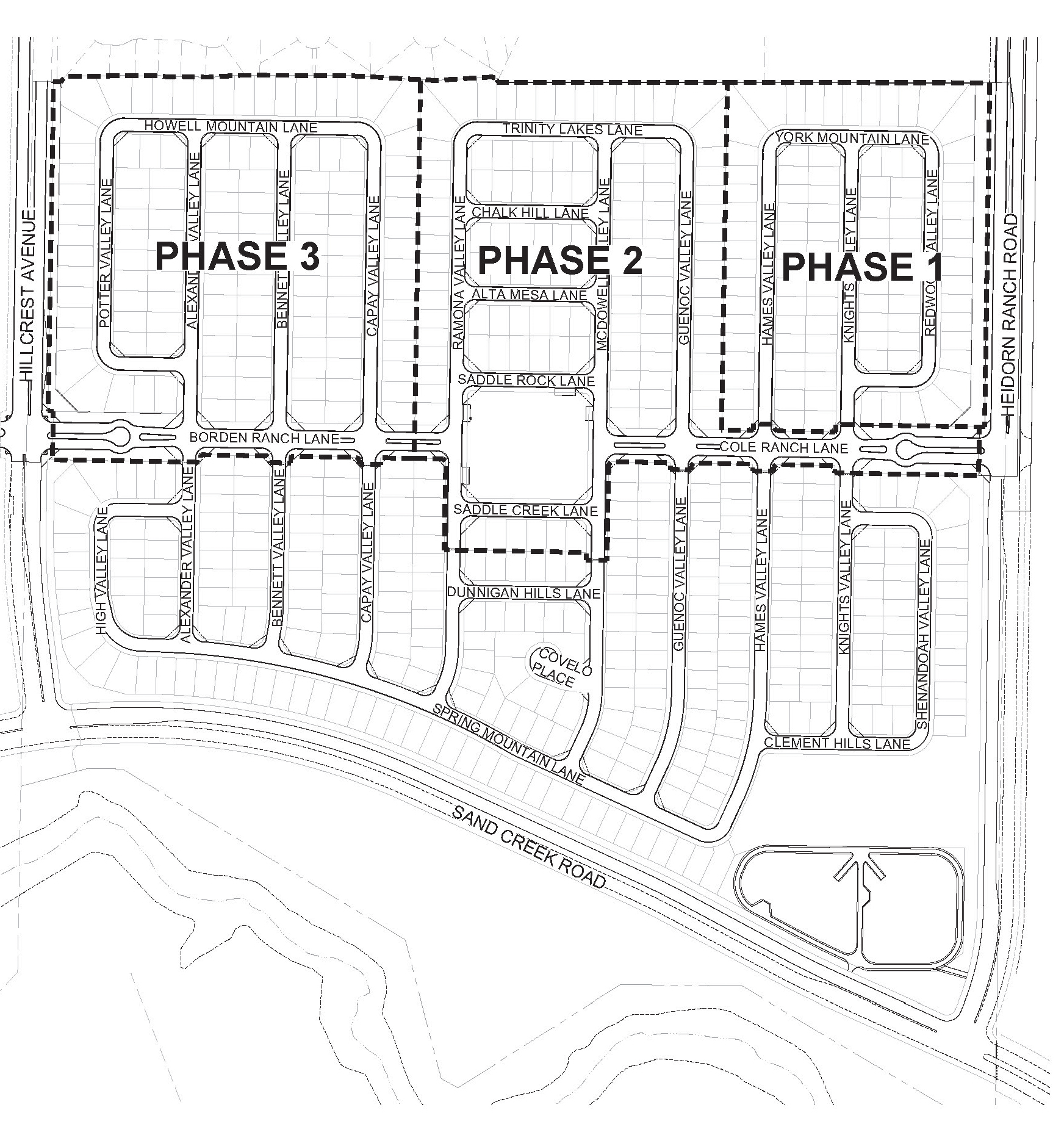

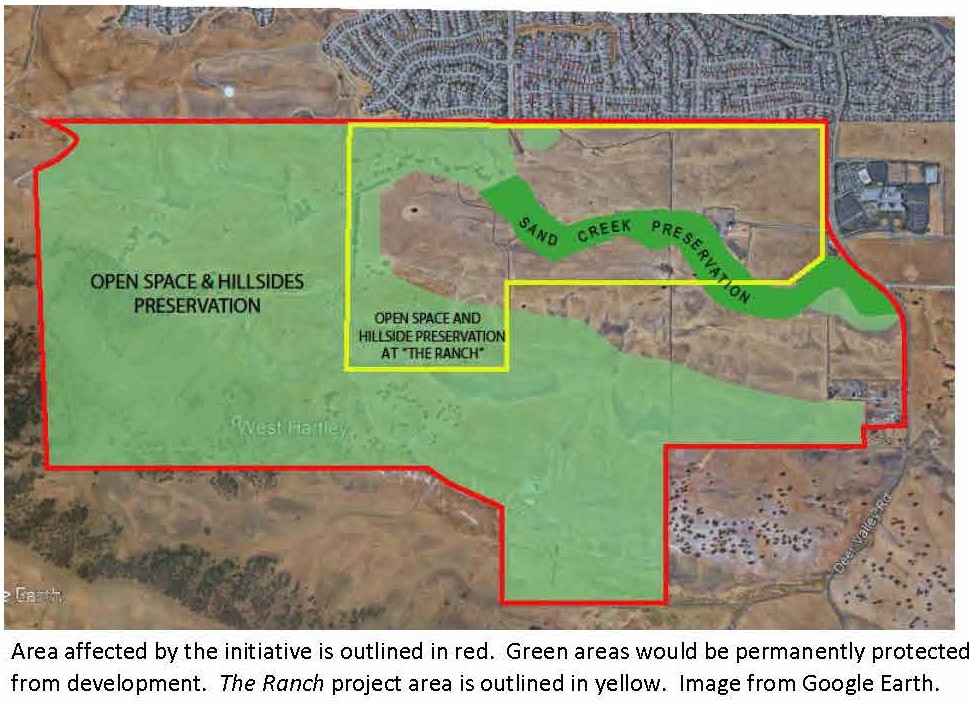

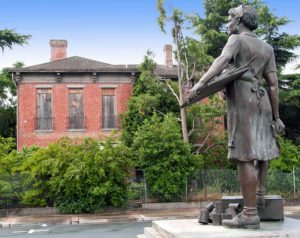
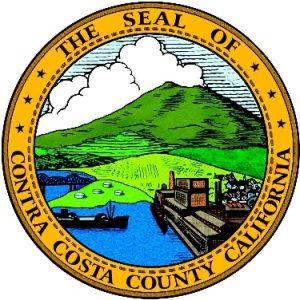 At former Antioch Councilman’s urging, Supervisors direct DA’s office to reopen 2005 Lafayette murder case; approve new land development fees
At former Antioch Councilman’s urging, Supervisors direct DA’s office to reopen 2005 Lafayette murder case; approve new land development fees